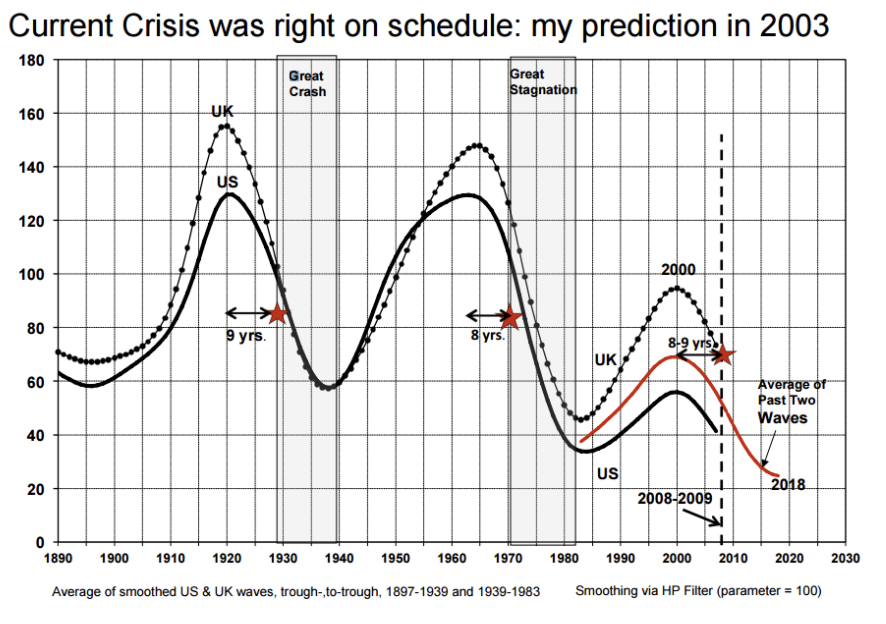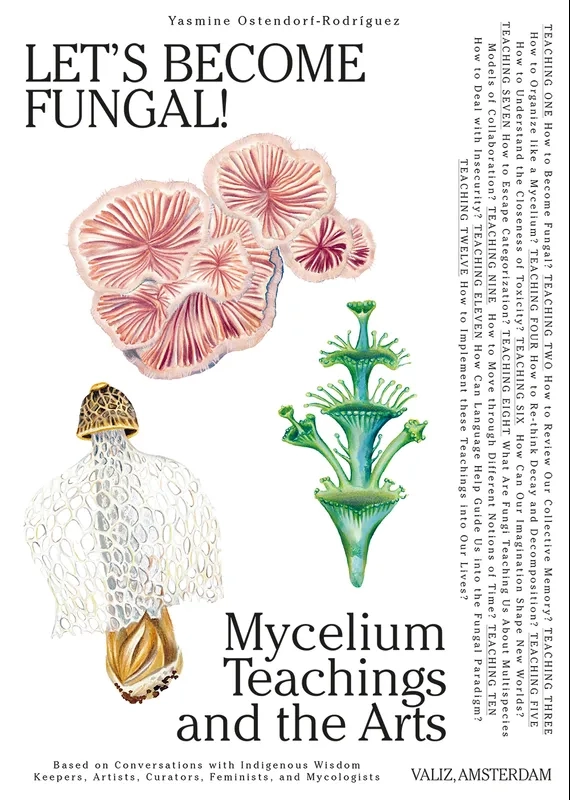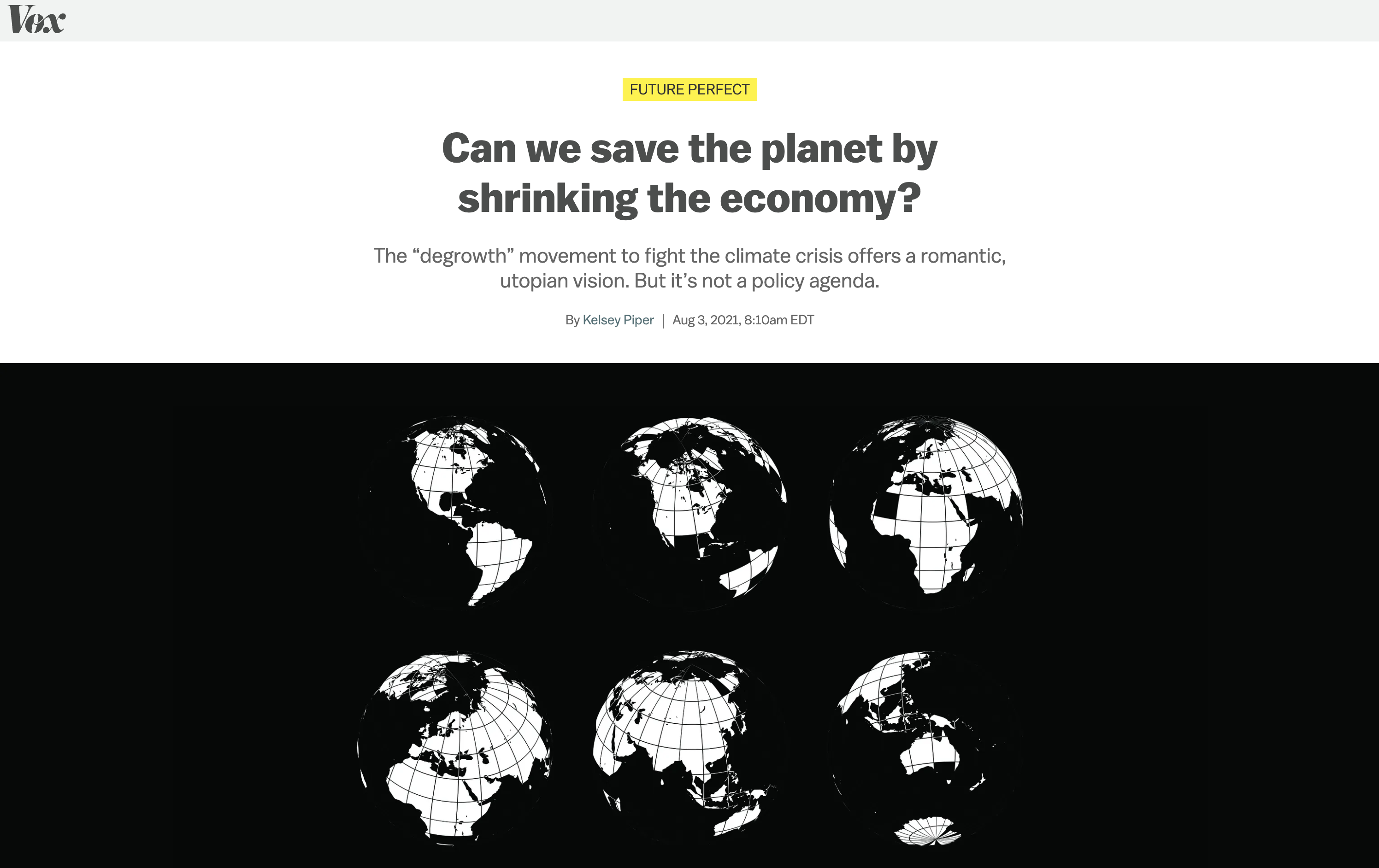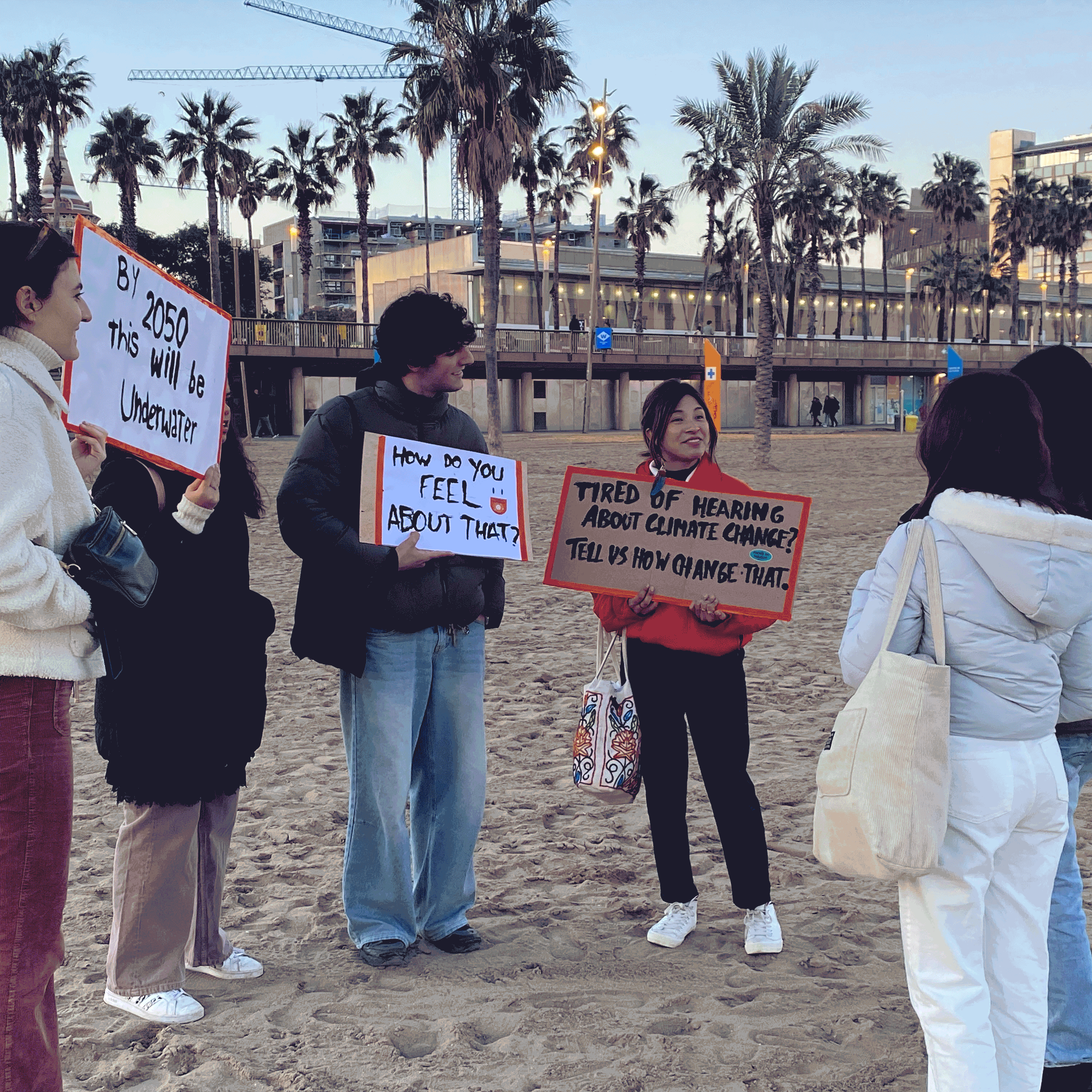Designing in a State of Climate Emergency 🌍
9/01/2024 - 12/01/2024
Throughout the following seminar, through the presentation of different points of view of different experts in the field of the current climate emergency, we learned to develop a critical and personal vision about the state of the emergency context we live in today.
Positionality statement (My context)
First of all I really wanted to add this Positional statement made with the help of the wheel of power to properly show my starting point. As humans we all are biased towards something. For that reason, I felt like it was a great idea to show my context and privileges. By understanding this, it will be easier to understand what biases move me and address them when they pop up.

Polycrisis
The highlight of this first session, was the term polycrisis. As Adam Tooze explains, this term tries to explain the current situation by a bunch of crises combined. There’s not just one reason why the system is collapsing (wars, economic crisis, climate change…). Personally, I mostly agree with Adam, even though, I disagree with the fact that he tries to take blame from the capitalist system that controls our lives. I attach here an interesting article, even though there’s a lot of writings on the field about the cycles of the capitalistic system. As it can be seen in the graph, the state of capitalism can be “predicted” because it follows a pretty clear fluctuation graph. Crisis can be predicted, the same way that the 2020 crisis was. The context of the different crisis can be different (housing, covid…) but they’re inevitable under the current system. In my opinion, economic crisis are responsible of generating different crisis like climate or social ones but the main reason is capitalism. I believe Adam Tooze theory just tries to justify a system that has proven time and time again that only benefits a few over the planet and human health.

Human centered design
In the context of the climate emergency, applying a Human-Centered Design faces challenges. While prioritizing user needs is the base of capitalism, it creates a risk of overlooking environmental concerns. Human-Centered Design focuses on immediate user satisfaction, neglecting long-term sustainability and environmental impact. As capitalism is a sistem that resists to change, balancing stakeholder interests becomes even more complex when environmental considerations must align with user preferences and business goals.

Degrowth economy
The third day, we witnessed a lecture on the economical theory on de-growth. This one suggests a different approach to traditional economic growth. Instead of focusing solely on increasing production and consumption, de-growth emphasizes reducing overall economic activity to achieve environmental sustainability. It encourages societies to prioritize well-being, social equity, and ecological balance over constant economic expansion. A good way to start establishing it might be reevaluating our emphasis on GDP growth consider alternative indicators of progress. De-growth aims to create a more sustainable and resilient economy by promoting practices such as resource conservation, renewable energy, and a shift towards local, community-based initiatives. The goal is to ensure that economic activities align with the planet's ecological limits, fostering a healthier environment and a more balanced society in the face of the climate crisis. Personally, as I expressed before I believe this concept of de-growth just serves the same purpose as the polycrisis concept that Adam Tooze was talking about. This theory tries to make us believe that capitalism and free market can be changed but in reality the only way de-growth can work is if big companies get limited by the different states via laws and policy. The problem about it is that limiting the power of big corporations just goes against the nature of capitalism, and even though I would love to be optimistic I don’t believe that system will limit itself.
Triggering questions
To finish the seminar, we work on getting community engagement. To achieve it, we made different posters in order to make people ask themselves some questions about the current climate emergency and get their feedback. As we didn’t want to translate our own bias for the questions, we created different posters where we focused on showing easy to digest data. We believed that showing a straight fact about how peoples lives will change in the future will make them reflect on the current situation.
For the “intervention”, we walked through the beach with the different posters and started talking with the people that looked to them. This activity helped us understand people’s concerns about the world and what they expect for the future. We talked with people with different backgrounds and ages and each of them had different opinions on the climate emergency and on who relies the responsibility so it was pretty fulfilling. The most important take, repeated by every one of the people we spoke with was getting tired of the climate talk and blame. Getting reminded all day about the state of the world and seeing that things do n’t get better makes people don’t care anymore and this is devastating for the fight against the emergency that we live right now. So knowing this we, as designers and researchers should look for ways to change this general feeling.

